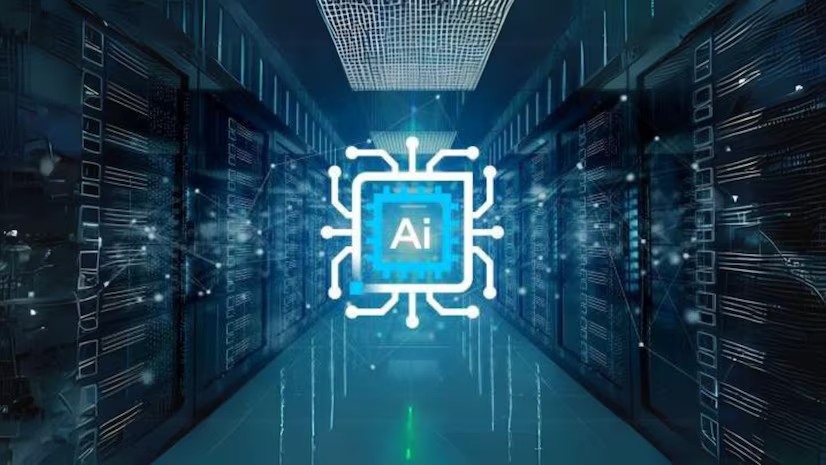“An important milestone has been reached in Intel’s efforts to establish itself as the leading chip supplier for AI PCs: the company announced that over 500 AI models have been optimized for its Core Ultra processors.”
The AI models, according to the Santa Clara, California-based company, cover “more than 20 categories of AI, including large language, diffusion, super resolution, object detection, and computer vision,” as of Wednesday. These models are available from industry partners Hugging Face, PyTorch, ONNX Model Zoo, and OpenVINO Model Zoo.
These include Google’s Bert natural language understanding model, Microsoft’s Phi-2 small language model, Meta’s Llama large language model, OpenAI’s Whisper speech recognition model, Stability AI’s Stable Diffusion 1.5 text-to-image generation model, and the Mistral language model.
Models “form the backbone of AI-enhanced software features like object removal, image super resolution, or text summarization,” according to Intel, which highlights the significance of its optimization work. It further stated that the models are compatible with the Core Ultra’s neural processing unit (NPU), GPU, and CPU.
According to the company, “the breadth of user-facing AI features that can be brought to market and the number of enabled/optimized models are directly correlated.” It is impossible to design a feature without a model. The feature cannot operate at its peak efficiency without runtime optimization.
The semiconductor giant is in an arms race with rivals AMD and Qualcomm to not only provide the best processors for AI PCs but also to enable compelling software experiences with the goal of creating greater demand for their respective products.
Along with the AI model optimization project, Intel has been developing over 300 AI-powered features for PCs with Core Ultra processors in collaboration with more than 100 independent software vendors (ISVs). In December, the company released its Core Ultra lineup; this is being done as part of its AI PC Acceleration Program, which was started a few months prior.
The company stated that the work it has done to establish AI PCs as a new device category and the investments it has made in client AI processing, framework optimizations, AI tools like OpenVINO, and other related areas have made its software enablement work possible.
Robert Hallock, vice president and general manager of AI and technical marketing in Intel’s Client Computing Group, said in a statement, “This unmatched selection reflects our commitment to building not only the PC industry’s most robust toolchain for AI developers, but a rock-solid foundation AI software users can implicitly trust.”


